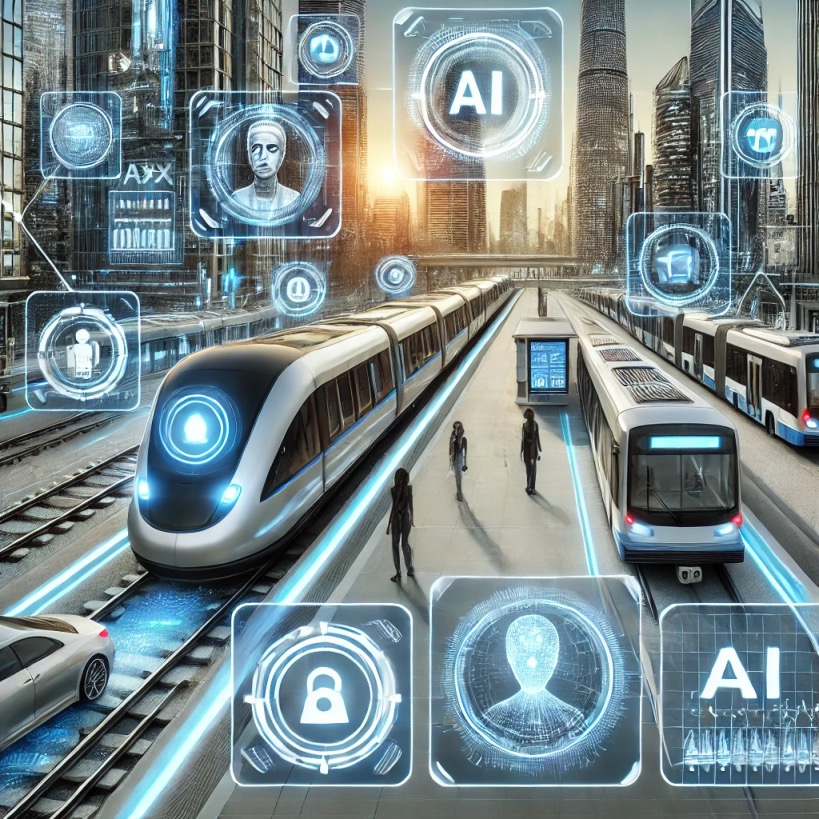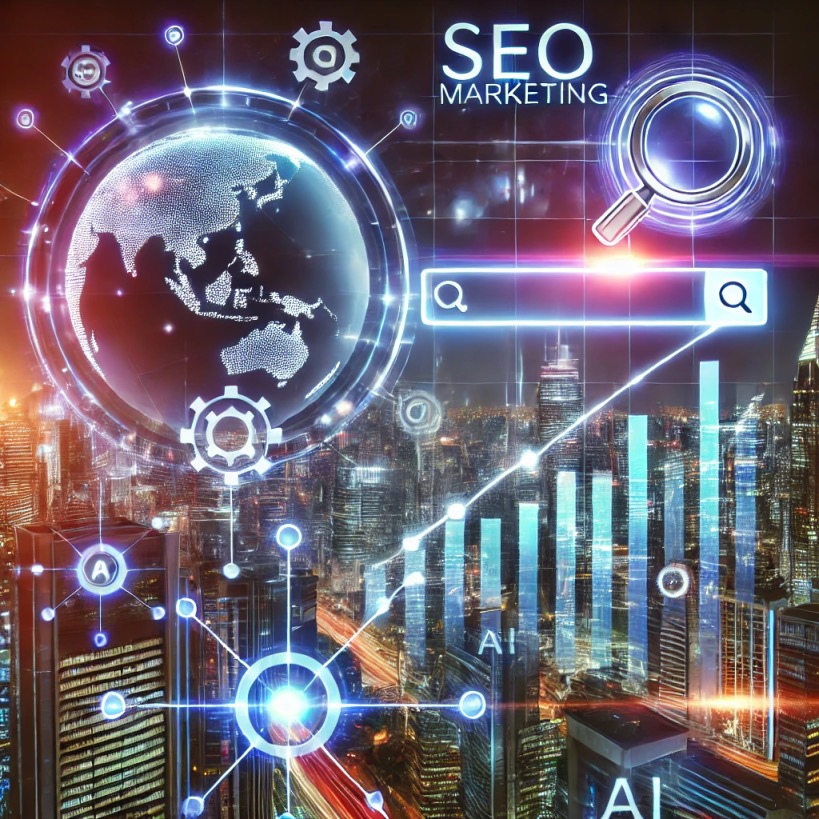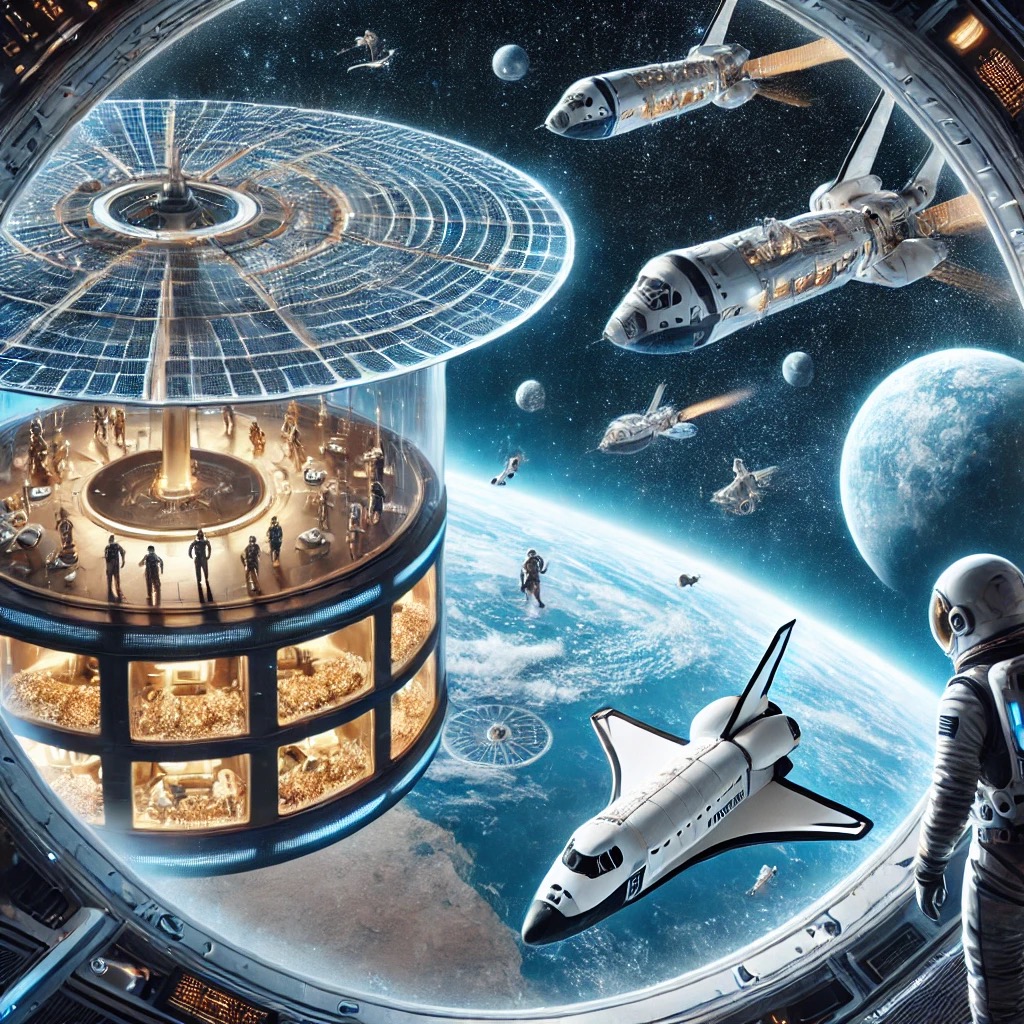The retail industry is undergoing a dramatic transformation driven by advancements in technology, shifting consumer expectations, and the rise of e-commerce. The future of retail will be defined by personalization , seamlessness , and high-tech innovations that create immersive, convenient, and tailored shopping experiences. From AI-powered recommendations to augmented reality (AR) fitting rooms, retailers are leveraging cutting-edge technologies to meet the demands of modern consumers.
Below is an exploration of the key trends shaping the future of retail, the benefits they offer, the challenges they present, and how these innovations are redefining the shopping experience.

1. Key Trends Shaping the Future of Retail
a. Hyper-Personalization
- AI-Driven Recommendations : Retailers use artificial intelligence to analyze customer data (purchase history, browsing behavior, preferences) and deliver personalized product suggestions.
- Dynamic Pricing : Algorithms adjust prices in real time based on demand, inventory levels, and individual customer profiles.
- Customizable Products : Brands allow customers to design or customize products (e.g., Nike By You for sneakers).
b. Omnichannel Integration
- Unified Shopping Experience : Seamlessly blending online and offline channels, allowing customers to shop across platforms (e.g., buy online, pick up in-store).
- Mobile Commerce : Apps and mobile-friendly websites enable shoppers to browse, purchase, and track orders from their smartphones.
- Virtual Stores : Digital twins of physical stores let customers explore products virtually.
c. Immersive Technologies
- Augmented Reality (AR) : Virtual try-ons for clothing, makeup, and furniture help customers visualize products before purchasing.
- Virtual Reality (VR) : Immersive shopping experiences, such as virtual malls or showrooms, enhance engagement.
- 3D Product Visualization : Detailed 3D models provide a closer look at products, improving confidence in online purchases.
d. Frictionless Checkout
- Contactless Payments : Mobile wallets (Apple Pay, Google Pay) and QR codes streamline transactions.
- Autonomous Checkout : Systems like Amazon Go use computer vision and sensors to enable “grab-and-go” shopping without traditional checkouts.
- Smart Carts : Equipped with sensors and screens, smart carts scan items automatically and calculate totals in real time.
e. Sustainability and Ethical Practices
- Eco-Friendly Packaging : Retailers adopt biodegradable or reusable packaging to reduce waste.
- Circular Economy Models : Resale, rental, and repair services (e.g., Patagonia’s Worn Wear program) promote sustainable consumption.
- Transparency : Blockchain technology tracks product origins, ensuring ethical sourcing and production.
2. Benefits of the Future Retail Experience

a. Enhanced Customer Satisfaction
- Personalized recommendations and seamless interactions increase customer loyalty and satisfaction.
- Immersive technologies reduce uncertainty about purchases, leading to fewer returns.
b. Increased Efficiency
- Automation reduces operational costs and improves supply chain efficiency.
- Data-driven insights optimize inventory management and marketing strategies.
c. Accessibility
- Online platforms and AR/VR tools make shopping accessible to people with disabilities or those in remote areas.
- Multilingual support and translation features cater to global audiences.
d. Sustainability
- Eco-conscious practices appeal to environmentally aware consumers and reduce the retail industry’s carbon footprint.
e. Competitive Advantage
- Retailers adopting high-tech solutions differentiate themselves in a crowded market, attracting tech-savvy shoppers.
3. Challenges and Risks
a. Privacy Concerns
- Collecting and analyzing customer data raises questions about privacy and consent.
- Data breaches could damage trust and harm brand reputation.
b. High Implementation Costs
- Adopting advanced technologies requires significant investment, which may be prohibitive for small businesses.
c. Technological Barriers
- Not all consumers are comfortable using new technologies, creating a digital divide.
- Connectivity issues (e.g., slow internet) can hinder the adoption of high-tech solutions.
d. Over-Automation
- Excessive reliance on automation risks alienating customers who value human interaction.
- Technical glitches in autonomous systems could disrupt operations.
e. Ethical Considerations
- Algorithms may inadvertently reinforce biases, leading to unfair treatment of certain customer groups.
- The environmental impact of producing and disposing of tech-enabled devices must be addressed.
4. Real-World Examples of Future Retail Innovations
a. Amazon Go
- Amazon’s cashier-less stores use computer vision and AI to track purchases and charge customers automatically as they leave.
b. IKEA Place
- An AR app that lets users virtually place furniture in their homes to see how it fits and looks before buying.
c. Alibaba’s Hema Supermarkets
- A hybrid retail model combining online ordering, in-store shopping, and automated fulfillment for fast delivery.
d. Sephora Virtual Artist
- Uses AR to let customers try on makeup virtually, enhancing the online shopping experience.
e. Walmart’s Smart Carts
- Equipped with cameras and sensors, these carts scan items and calculate totals as customers shop.
5. Emerging Trends in Retail Technology
a. AI Chatbots and Virtual Assistants
- Provide 24/7 customer support, answer queries, and guide shoppers through their purchasing journey.
b. Voice Commerce
- Voice-activated assistants like Alexa and Google Assistant enable hands-free shopping.
c. Blockchain for Transparency
- Ensures authenticity and traceability of products, particularly in luxury goods and food industries.
d. Social Commerce
- Platforms like Instagram and TikTok integrate shopping features, allowing users to purchase directly from posts.
e. Subscription Services
- Curated boxes (e.g., Stitch Fix, Birchbox) deliver personalized products regularly, fostering recurring revenue streams.
6. The Role of Consumer Behavior
As technology evolves, so do consumer expectations:
- Convenience : Shoppers demand faster, easier ways to find and purchase products.
- Personalization : Generic marketing no longer resonates; customers expect tailored experiences.
- Sustainability : Increasing awareness of climate change drives demand for eco-friendly options.
- Experiential Retail : Physical stores focus on creating memorable experiences rather than just selling products.
7. The Future Vision of Retail
The future of retail will likely feature a blend of physical and digital experiences, where technology enhances every touchpoint in the customer journey. Key elements include:
a. Fully Autonomous Stores
- Entirely self-service environments powered by AI, robotics, and IoT.
b. Emotional AI
- Assistants capable of detecting mood and responding empathetically to improve customer service.
c. Metaverse Shopping
- Virtual worlds where users can explore branded spaces, attend events, and make purchases.
d. Predictive Commerce
- AI anticipates customer needs and proactively delivers products or services.
e. Global Accessibility
- Language translation, inclusive design, and affordable tech ensure equitable access to retail innovations.
8. Conclusion
The future of retail is poised to deliver highly personalized, seamless, and technologically advanced shopping experiences that cater to the evolving needs of consumers. By embracing AI, AR/VR, automation, and sustainability, retailers can build stronger relationships with customers while staying competitive in a rapidly changing landscape.
However, success in this new era requires addressing challenges related to privacy, accessibility, and ethics. Retailers must strike a balance between innovation and human connection, ensuring that technology enhances rather than replaces the personal touch.
As we move forward, the lines between physical and digital retail will continue to blur, creating a dynamic ecosystem where convenience, creativity, and customization converge. The future of retail is not just about selling products—it’s about crafting meaningful experiences that resonate with consumers and enrich their lives.



